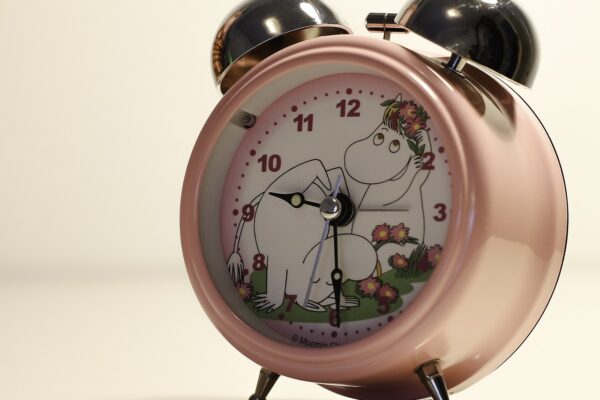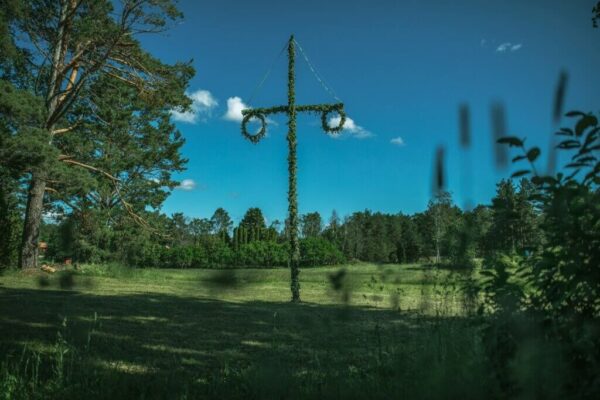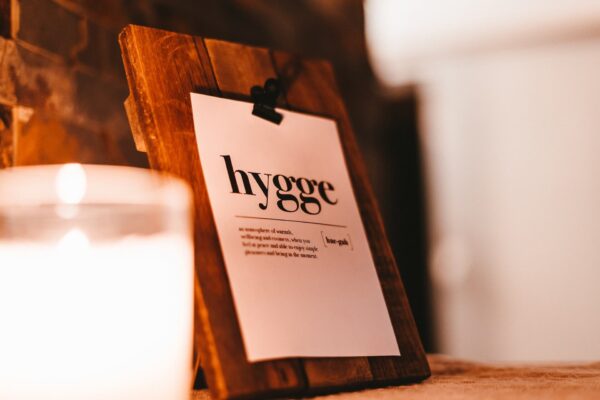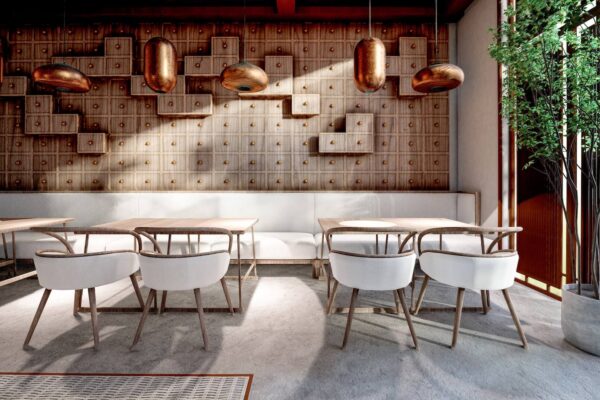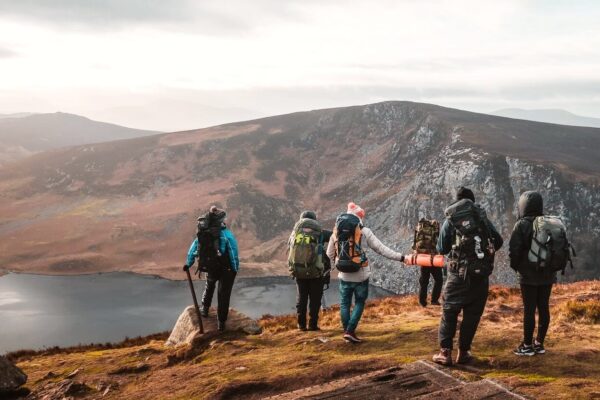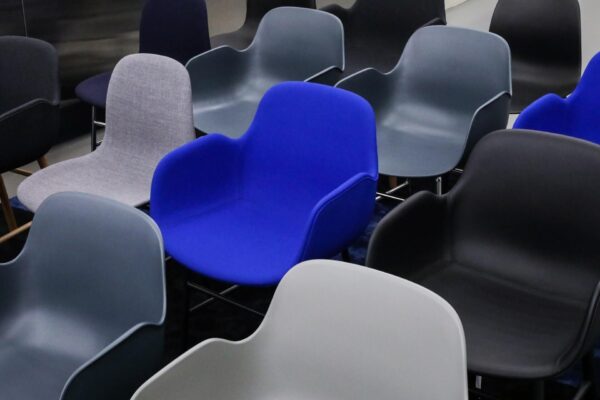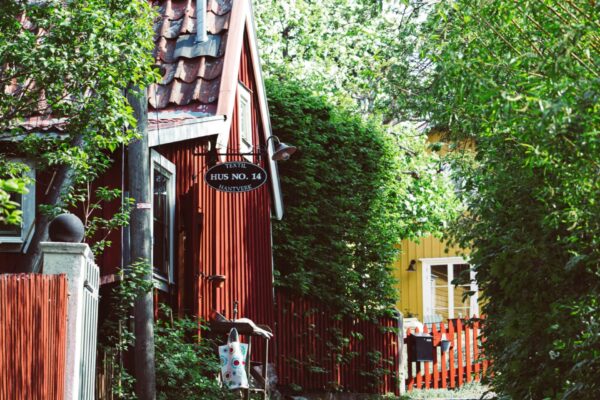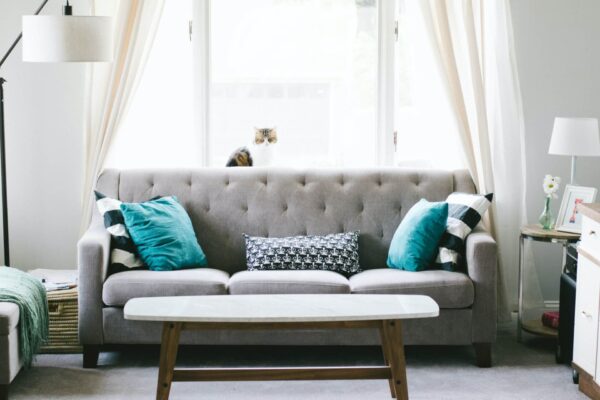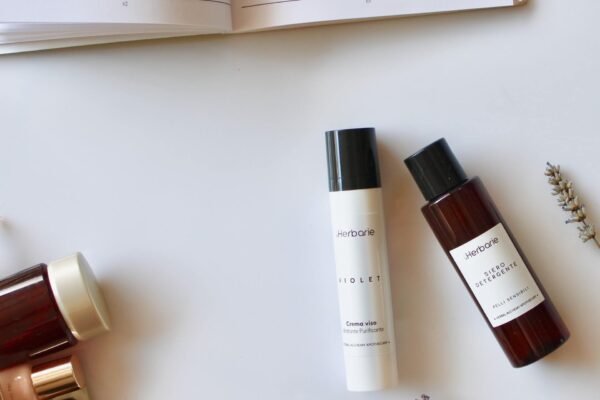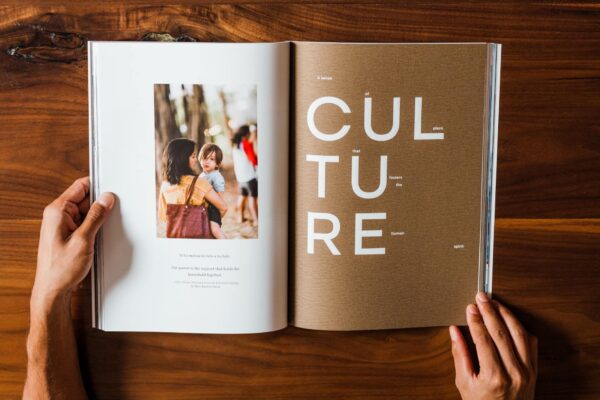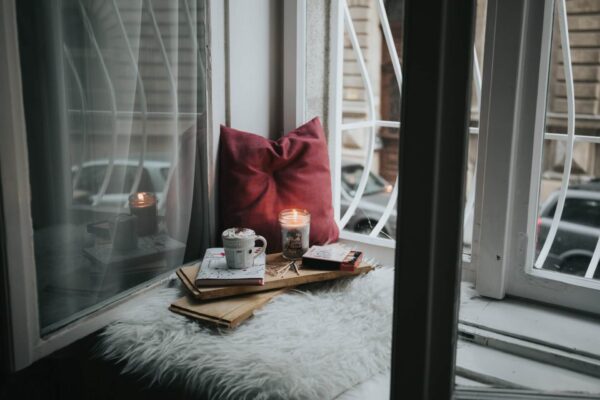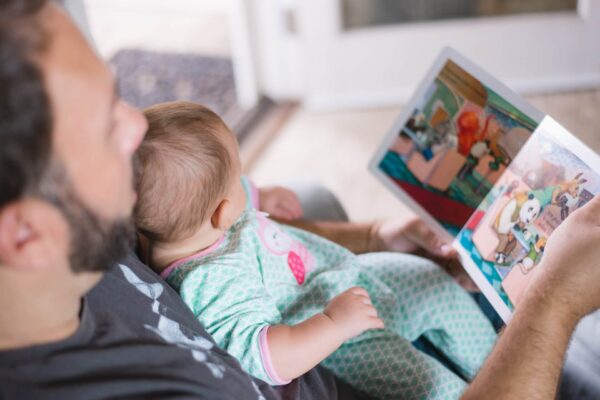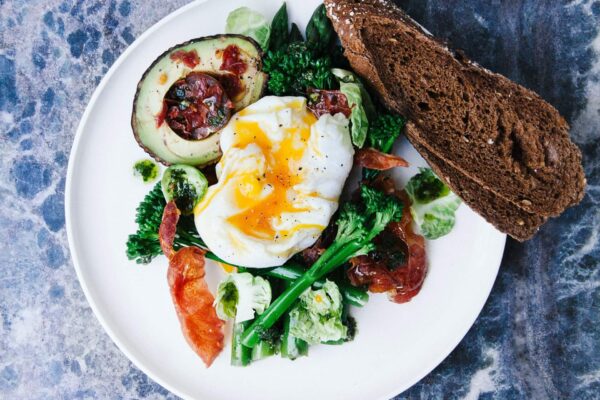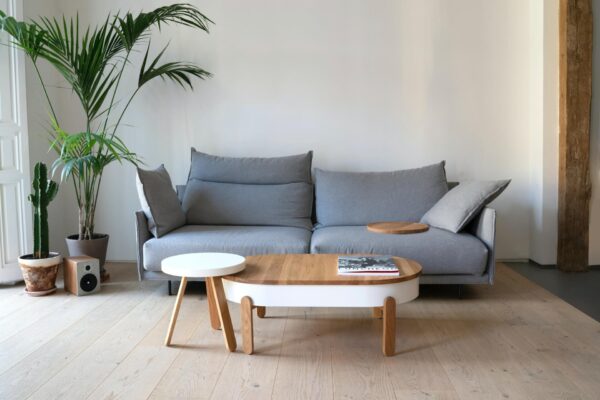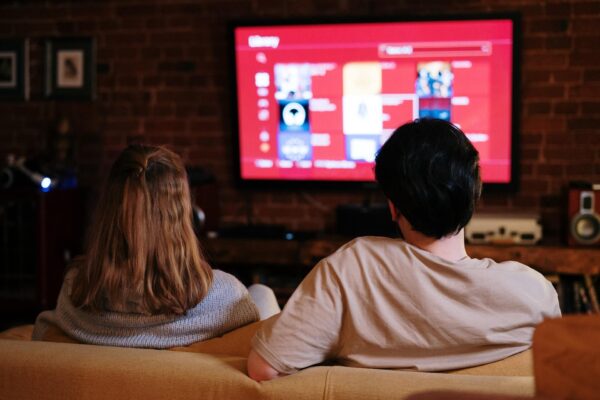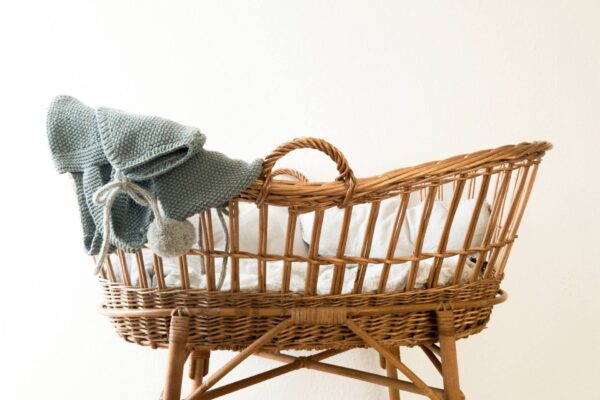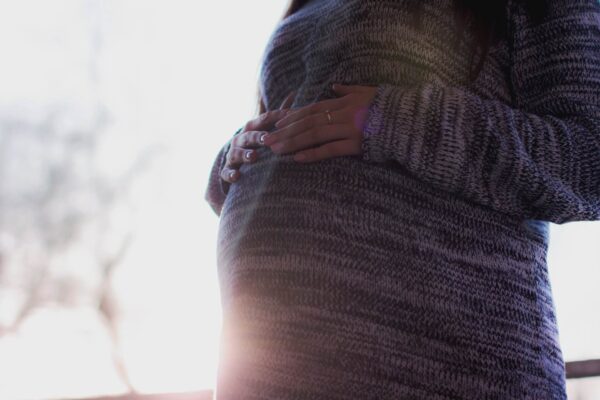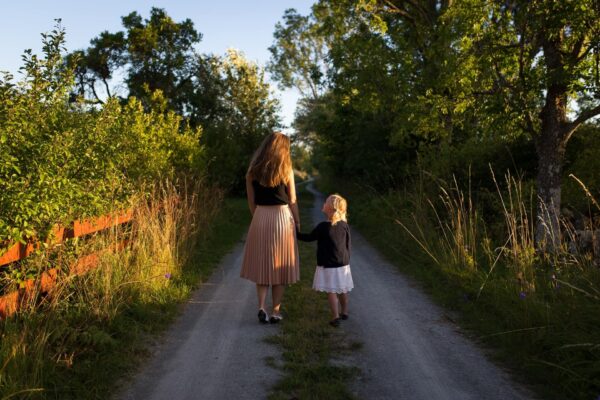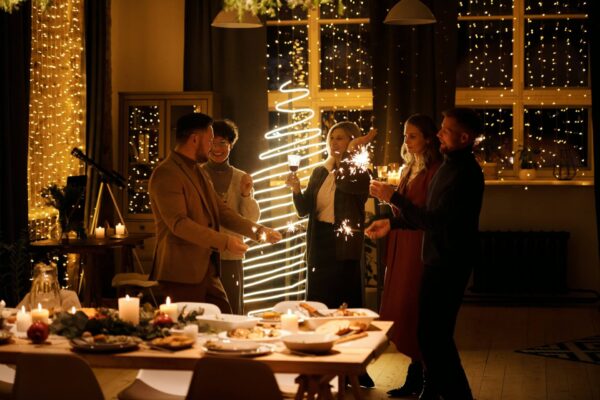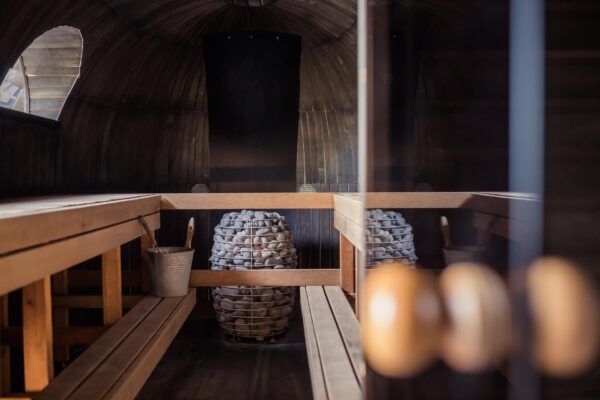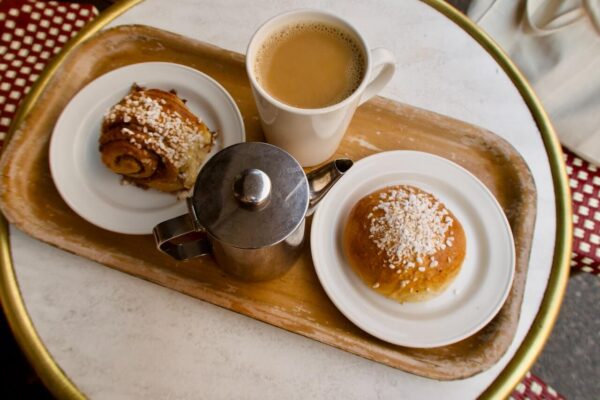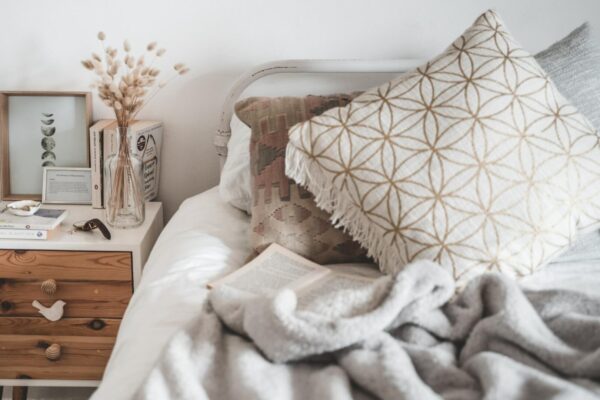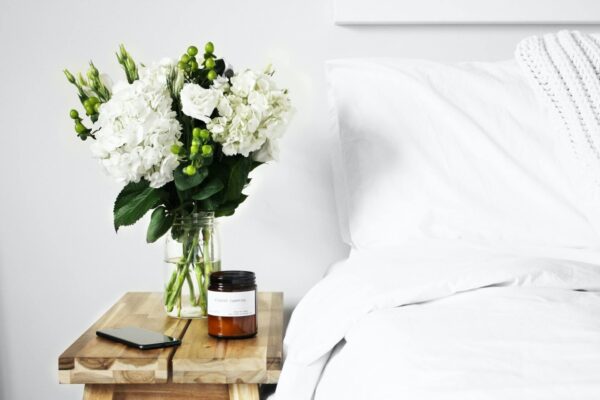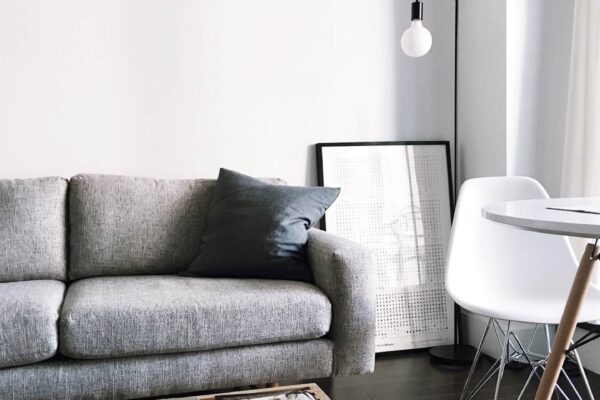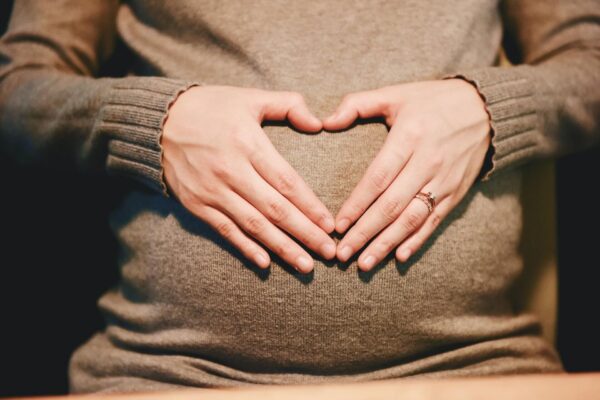Would you like to emigrate to Norway? We have put together all the important information and addresses to ensure that nothing stands in the way of your emigration. Find out the best way to prepare, how to register, what cultural peculiarities await you in Norway and what the labour and housing market is like there. Would you like to learn more about the climate, the cost of living and the health and education system? You can also find important facts on these topics here. Ha det gøy i Norge!
Norway does not only impress with its numerous fjords, extensive forests and fascinating nature, but also with its high quality of life. The rich cultural tradition, the deep connection with nature and the principle of social equality make the country a unique and admirable place in Scandinavia.
| Area | 385,207 km² |
|---|---|
| Inhabitants | 5.457 million (2022) |
| Language | Norwegian (bokmål and nynorsk) |
| Currency | Norwegian Crowns (NOK) |
| Islands | 240,000 |
Emigrating to Norway: Advantages
- High quality of life
- Low unemployment rates
- Low crime rate
- Breathtaking nature and landscapes
- Good social security
- Focus on work-life balance
- Equality in all areas of life has a high priority
- High environmental awareness
Before emigration
To do’s before emigration
- Question your motivation and the goals behind your emigration
- Plan enough lead time, this saves stress and provides a buffer for unforeseen events such as deadlines and waiting times
- Check whether all the requirements for registration are met
- Check that all documents are up to date and available
- Familiarise yourself with the Norwegian labour market and start looking for a job if you do not yet have an employment contract in Norway or are self-employed
- Check your financial situation and draw up a financial plan if necessary
- Look for accommodation or interim accommodation, which place should it be?
- Familiarise yourself with Norway and learn the language
- Planning your move: when, how, costs?
- Cancellation of flat, internet, electricity, subscriptions etc
- Cancellation of residence
Preparation and planning
Emigration should be well thought out and planned to ensure that everything runs as smoothly as possible. Even if the longing is great, it is important to do as much research as possible and gain a detailed understanding of the destination and the particularities of life there. It is particularly helpful to talk to people who have already taken the step and can pass on their experiences and tips to you. You can look for expat blogs online, or use networking platforms for expats, or even listen to suitable podcasts.

Create a list of contacts and institutions that can help you and that you can contact with individual questions.
Think about whether you are flexible in terms of location or whether you prefer a specific place in Norway. Do you want to go to a big city like Oslo, or do you prefer more rural regions? What are your requirements in terms of infrastructure and services?
Calculate the costs of moving to and living in Norway. The cost of living varies depending on the region, but is generally higher than in the UK.
Even though English is spoken very well in Norway, you should start learning the language early, which will give you a better chance of finding a job and make it easier to settle in and integrate. Whether with (online) language courses, apps or podcasts, there are many ways to learn Norwegian. See what suits you best and how much time you can and want to invest. On the website of the Norwegian University for Science and Technology (NTNU), you can even find a free language course for independent learning.
Emigrating to Sweden or Denmark is also an option? Our guides will provide you with helpful information that can help you choose a country.
Residence permit and registration
Requirements for registration
- Work/study in Norway
- OR sufficient financial means
- Proof of health insurance
To live and work in Norway long-term, there are a few things to consider. Norway is not in the EU, but is part of the European Economic Area (EEA) and a Schengen state. Find out whether you need a visa to enter the country.
After 3 months at the latest, you must register and apply for a residence and work permit. You can do this at the Norwegian Directorate of Immigration (UDI) or the local police. You will then receive a registration certificate. Bring the following documents with you:
- Identity card and passport
- Proof of health insurance
- Proof of work, studies or sufficient financial means
- Birth certificates of children, if applicable
- Certificate of deregistration from the British place of residence
If you are emigrating to Norway with other family members or partners, they must also register and fulfil the same conditions. Before registering, check once again whether the documents listed are up to date and sufficient, or whether further documents may be required.
Then register with the Norwegian population register using your personal number in order to obtain a tax number and be able to register with the Norwegian tax office. To avoid unnecessary fees, it is advisable to open a Norwegian bank account as soon as possible.
For up-to-date information and personalised advice, please contact the UDI directly.

Life in Norway
Even though life in Norway may not be fundamentally different from the UK, moving to a new country always brings with it new circumstances that you should be aware of and inform yourself about beforehand. If everything were exactly the same as here, there would be little point in moving. However, many of the detailed differences may only become apparent after some time in your new adopted country.
Norwegian culture
Facts about Norwegian culture
- Friluftsliv: Time in nature for better health and community
- Innekos: slowing down at home
- Equality and punctuality are important values
- The bank holidays on 17 May is celebrated in style
- Delicious cuisine with lots of fish and seafood
Norwegians love nature – no wonder, with all the country’s breathtaking fjords, forests and coastlines! But there’s more to it than that. Friluftsliv (“outdoor life”) is the name of the Norwegian concept. In addition to the aspect of spending as much time as possible in nature and making this possible for everyone, it is also about treating nature with respect. Moreover, the focus is not only on the fun of outdoor activities, but also on the health aspect as well as socialising and social interaction. Friluftsliv is taught in kindergartens and schools and practised through regular excursions.

In winter, on the other hand, Innekos balances summer activities with time spent in nature. It can be compared to the Danish concept of hygge. A cosy, warm atmosphere is created in your own home and time is spent with family and friends. It’s about slowing down and switching off from everyday life, having time for yourself and engaging in cosy activities. The Norwegian interior also focuses on creating a warm, inviting home that radiates peace and cosiness. Hot drinks and treats, such as cinnamon buns and “lefse”, are also included.

As in Sweden and Denmark, equality and equal rights play a major role in all areas of Norwegian life. Punctuality is also highly valued here. Norwegians are considered to be very friendly, but are generally reserved and reserved, which is why it can take a while to make good contacts with locals. The most important thing here is to be open, show interest and take part in various activities.
Be prepared to celebrate on 17 May. The Norwegian bank holidays (Grundlovsdag) is characterised by parades, parties and traditional costumes (Bunad) and is perfect for gaining an insight into Norwegian culture, making new contacts and trying out Norwegian cuisine. Due to the country’s location, fish and seafood are an integral part of many dishes and fresh and local ingredients are traditionally used. Fish, especially in the form of salmon, is also often served at Norwegian breakfasts. Norway is also famous for its “Fårikål”, a stew made from lamb and cabbage.
Climate in Norway
Climate facts
- Large regional differences
- Strongly fluctuating weather in fjord regions
- Weather most stable in the east and south
- July and August are the warmest months
- Midnight sun between mid-May and the end of July in northern Norway
- Milder on the coast in winter than inland
As Norway stretches a long way from south to north (57 to 58 degrees latitude), there are major regional differences in the weather. In the fjord regions you also have to reckon with strongly fluctuating weather conditions, which can change several times a day. In the east and south of Norway, the weather is generally the most stable and warmest. Temperatures in the east reach up to 23 degrees in summer, while in the west they average between 16 and 18 degrees. The warmest months are July and August.
In northern Norway, it remains very bright at night from mid-May to the end of July, when the midnight sun shines. In winter, it is relatively mild but rainy on the coast. Inland and further east it tends to be colder and there is more snowfall. You can find information on the current weather here.

Cost of living and shopping in Norway
Facts about the cost of living and shopping
- Higher than in the UK
- Supermarkets usually have long opening hours but are closed on Sundays
- Card payments and mobile payments are more popular than cash payments
- Alcohol can only be purchased at Vinmonopolet
- 25% VAT, 15% on food and non-alcoholic drinks
In general, the cost of living in Norway is higher than in the UK. You can save money when shopping by taking advantage of offers, local products and own brands. Supermarkets are usually open late (until 11pm), depending on the location. However, they are usually closed on Sundays. The most common supermarket chains are Rema 1000, Kiwi, Coop and Meny. In Norway, payment is rarely made in cash, but mostly by card or mobile payment.
Bear in mind that drinks with a higher alcohol content are only available in Vinmonopolet and that alcohol is also very expensive in Scandinavia due to high taxes. The general VAT of 25% applies, one of the highest in Europe, plus additional alcohol taxes depending on the alcohol content of the drink. For food and non-alcoholic drinks, on the other hand, VAT is “only” 15%.

| Category | Norway (GBP) | Great Britain (GBP) | |
|---|---|---|---|
| Transport | Average prices | Average prices | |
| Public transport (monthly pass) | 63.84 | 60.20 | |
| Single ticket | 3.40 | 2.41 | |
| Petrol (per litre) | 1.36 | 1.38 | |
| Food and drink | |||
| Cheap restaurant (per person) | 17.02 | 12.90 | |
| Three-course meal (medium price range) | 68.09 | 43.00 | |
| Bread (500g) | 2.55 | 1.03 | |
| Apples (1kg) | 3.40 | 1.89 | |
| Eggs (12 pieces) | 3.40 | 2.15 | |
| Milk (1 litre) | 1.70 | 0.86 | |
| Local beer (0.5 litre) | 5.96 | 3.01 | |
| Imported beer (0.33 litres) | 6.81 | 3.44 | |
| Utility services | |||
| Electricity (per kWh) | 0.19 | 0.26 | |
| Internet (monthly) | 34.05 | 30.10 | |
| Mobile phone (monthly) | 21.28 | 17.20 |
The Norwegian healthcare system
Facts about the healthcare system
- Financed by taxes
- There are fees for visits to the doctor with a maximum annual contribution of NOK 2,040
- After that you receive an exemption card, but this does not apply to everything, such as certain medical devices
- Doctor’s fees can vary (e.g. depending on the time of day)
- Family doctor system: you must first register with a family doctor
- Free care for children and pregnant women
- State health insurance
The healthcare system in Norway is financed by taxes and healthcare is universal, but not completely free. There are fees for visits to the doctor and treatments, for which you have to pay in advance. However, the annual excess is limited to NOK 2,040 (~ GBP 150). Once this amount has been reached, you will receive an exemption card (frikort). After that, further medical care is free for the rest of the year. Please note, however, that some services, such as certain medical devices, are not covered by the exemption.
Unlike Sweden, Norway has a family doctor system. This means that your family doctor or general practitioner (fastlege) is your first point of contact for symptoms of illness. To be able to use the health services, you must first register. You can then use your D-number or national identification number (fødselsnummer) to register with a permanent GP. You will also receive a health insurance card (helsekort), which you must bring with you every time you visit a doctor.
Please note: The doctor’s fees may vary depending on the time of day. For example, appointments during the day tend to be cheaper than in the evening, where the co-payment can be up to double the amount. Treatment for children and pregnant women is generally free of charge!
Due to the state organisation, there is only one health insurance, Folketrygden. In addition to the standard cover, additional insurance policies and private benefits can of course also be taken out. The Norwegian Health Economy Administration (Helfo) administers health insurance-based medical treatment and state hospitals, while the services themselves are decentralised.
Working in Norway
Facts about work, education and study
- Flat hierarchies and work-life balance
- No regulated minimum wage, but one of the highest average salaries in the world
- Free education system with a focus on equality, promotion and lifelong learning
- Universities focus on internationality and innovation

As in other Scandinavian countries, everyday working life in Norway is characterised by flat hierarchies and a great interest in work-life balance. A 37-hour week is the norm here and there is no statutory minimum wage. Despite this, Norway has one of the highest average salaries in the world at NOK 640,000 (~EUR 55,571.41). On the Arbeidstilsynet website you will find comprehensive information about labour law and the general conditions in Norway.
If you work in an area where professions are regulated and specific qualifications are required, you should ensure that these are recognised in good time. This includes employees in medicine, nursing, teaching and engineering. Use this list to find out whether you need such recognition. In addition to the Norwegian Dictorate for Higher Education and Skills, the Norwegian Labour and Social Security Authority(Arbeids- og velferdsetaten) can also help with questions.
You can find jobs in Norway at nav.no, workinnorway and the EURES job portal, among others. You can also look at British companies in Norway or send an unsolicited application to companies that interest you. You can find helpful addresses in the Norwegian yellow pages. Specialists are particularly sought after in the fields of health and care, education and retail. At EURES you will find detailed labour market information on the individual regions of Norway.
It is best to apply in Norwegian or English. If necessary, have certificates professionally translated and notarised. References from previous employers are always welcome, but photos in the application are unusual.
The education system in Norway
The Norwegian education system is free of charge and is committed to equality and support. From early childhood education to further education programmes and adult education – the focus here is on lifelong learning. Counselling services, individual support and vocational training programmes that help young people with their training and often cooperate with local companies are offered. Further education programmes are supported by the state.
Further information on the Norwegian school system can be found at the Norwegian Directorate for Education and Training.
Study in Norway

Internationality is a top priority at Norwegian universities. International co-operation and research strengthen global perspectives and innovation. Creativity, critical thinking and new technologies are also emphasised. The exchange of students and teachers is valued. Studying at state universities is free of charge, even for international students.
There are 40 public higher education institutions and 8 universities. You can find a list of universities and programmes here.
Living in Norway
Facts about the Norwegian property market
- Property is very popular due to the high cost of living and renting
- Besides Bergen, Oslo is by far the most expensive city
- Flats are usually smaller due to energy efficiency
- Rental properties are often temporary
- An estate agent is mandatory for the purchase of a property
- Bids are submitted in writing
- Please note the possible right of first refusal
- Borettslag refers to the right to use a co-operative apartment
- Purchase only possible with planned permanent residence
Due to the high cost of living and renting, many Norwegians own property. Prices are particularly high in large cities such as Oslo and Bergen, especially in the city centres. Oslo, however, has the highest housing costs in the country. Norwegian flats are generally well insulated, but tend to be smaller and more functional than German flats, which is due to their energy efficiency. They are often part of larger residential complexes.
Online platforms and local newspapers are suitable for finding accommodation. A real estate agent can also provide helpful support. It is worth building up a network to increase your chances of finding a property more quickly.
Rent property in Norway
Compared to the UK, rents in Norway are higher across the board, although they tend to be highest in urban areas. It should be noted that some rental properties are limited to one year. It is often possible to extend the lease after this time, but this is best clarified in advance. Depending on your individual situation and plans, you should therefore check whether a time limit is specified when looking for a flat.

| City/Region | 3-room apartment city centre | 3-room apartment outside | Average |
|---|---|---|---|
| Oslo | GBP 1,70 | GBP 1,36 | GBP 1,53 |
| Bergen | GBP 1,53 | GBP 1,19 | GBP 1,36 |
| Trondheim | GBP 1,36 | GBP 1,02 | GBP 1,19 |
| Stavanger | GBP 1,40 | GBP 940 | GBP 1,17 |
| Rural regions | GBP 1,02 | GBP 723 | GBP 870 |
Buy property in Norway
If you want to buy a property in Norway, you should find out about the process in detail in advance. In Norway, estate agents are mandatory and play a central role in the purchase process. The purchase of property in Norway takes place via a written bid, which must be submitted with reference to a starting price.
Note that there may also be a right of first refusal (forkjøpsrett), whereby another party has the right of first refusal on the property despite agreement with the seller. However, this should be communicated in advance.
Another option is the borettslag, a co-operative flat. Here you buy shares in a housing co-operative and thus acquire the right to use the flat.
Important: Property can generally only be purchased if you intend to live there permanently afterwards. There may also be other residency requirements that need to be observed.
| City/Region | 3-room flat average (GBP) | House average (GBP) |
|---|---|---|
| Oslo | 297,90 | 374,51 |
| Bergen | 268,11 | 327,69 |
| Trondheim | 234,07 | 297,90 |
| Stavanger | 251,09 | 310,67 |
| Rural regions | 191,51 | 234,07 |

Links and addresses
Organisational matters
- Oslo Kommune – Welcome to Oslo
- Ny i Norge
- Government.no
- The Norwegian Directorate of Immigration (UDI)
- Expat Arrivals – Moving to Norway
- thelocal.no (Norwegian news in English, property and job search, living in Norway)
Work, school and study
- workinnorway
- European Commission – Education System Norway
- Utdannings Direktoratet
- Arbeids- og velferdsetaten
- EURES – Labour market information Norway
- Norwegian Directorate of Education and Training (UDIR)
- Arbeidstilsynet
Housing and house search
Sources
- Skawelg – Auswandern nach Norwegen
- NorrMagazin – Auswandern nach Norwegen
- EF – Leben und Arbeiten Norwegen: Ein ausführlicher Ratgeber
- EU-Info – Schengener Abkommen
- Neuschnee – Mietwohnung in Norwegen & Immobilienkauf in Norwegen
- Königliche Norwegische Botschaft in Berlin – Studieren in Norwegen
- Eurydice – Education System Norway
- Visitskandinavien.de – Auswandern nach Norwegen
- auslandsjobs.de – Leben und Arbeiten in Norwegen
- Visitnorway.de – Jahreszeiten und Klima in Norwegen
- Wetterkontor.de – Klima in Norwegen
- april-international – Krankenversicherung in Norwegen
- DAAD – Ländersachstand Norwegen
- Elchburger – Hauskauf in Norwegen
- nordisch.info – Wie viele Ausländer leben in Norwegen und woher kommen sie?
- remote.com – Norwegen






